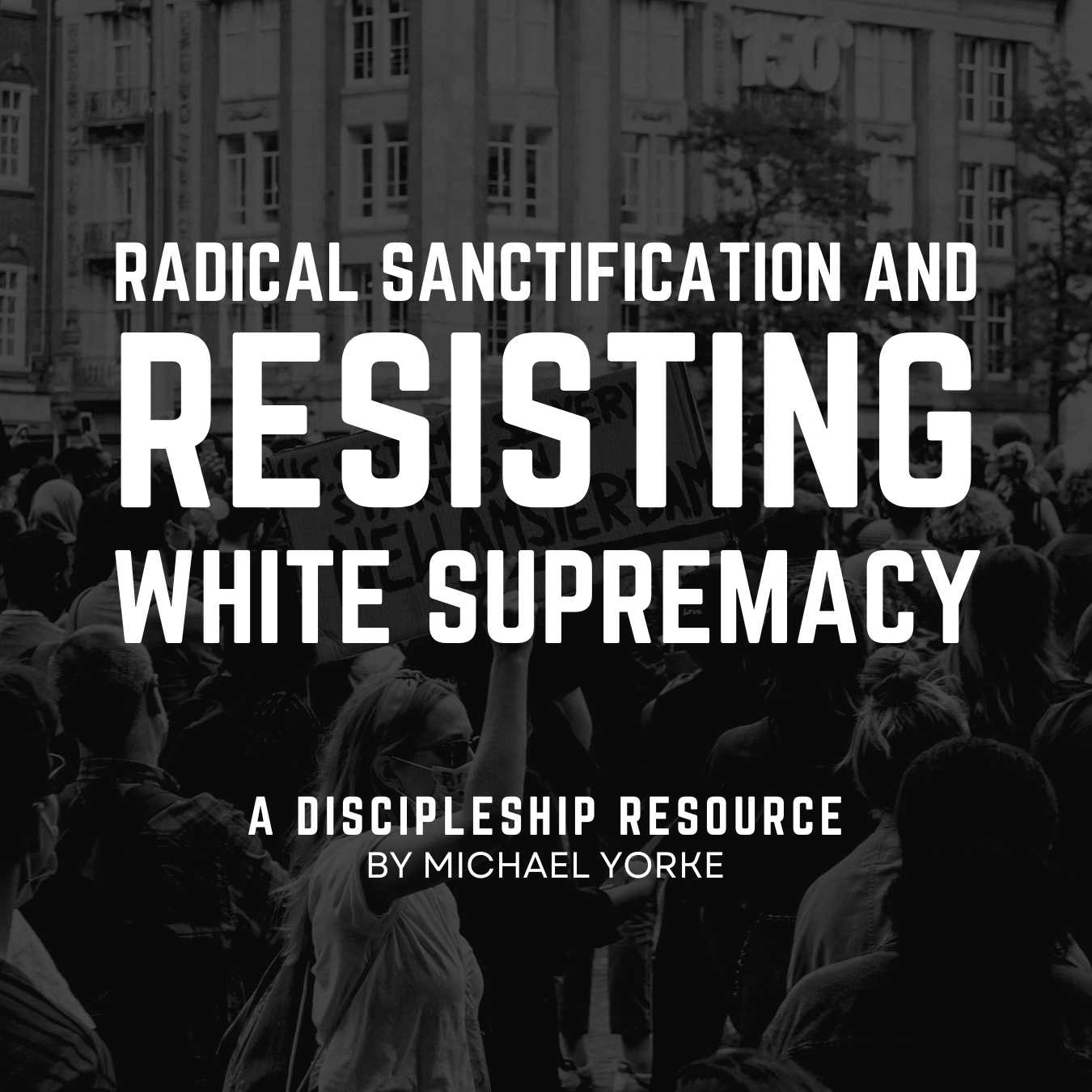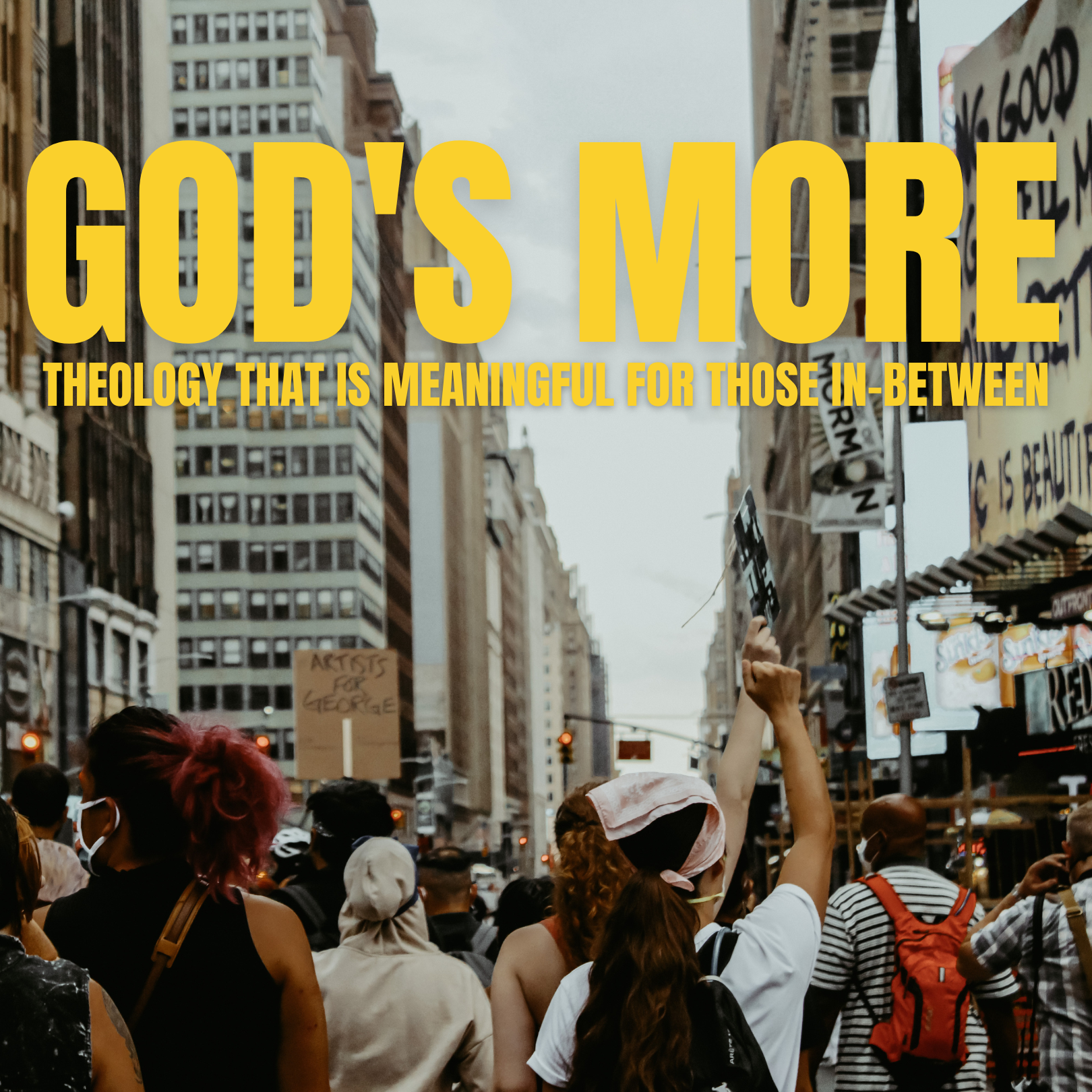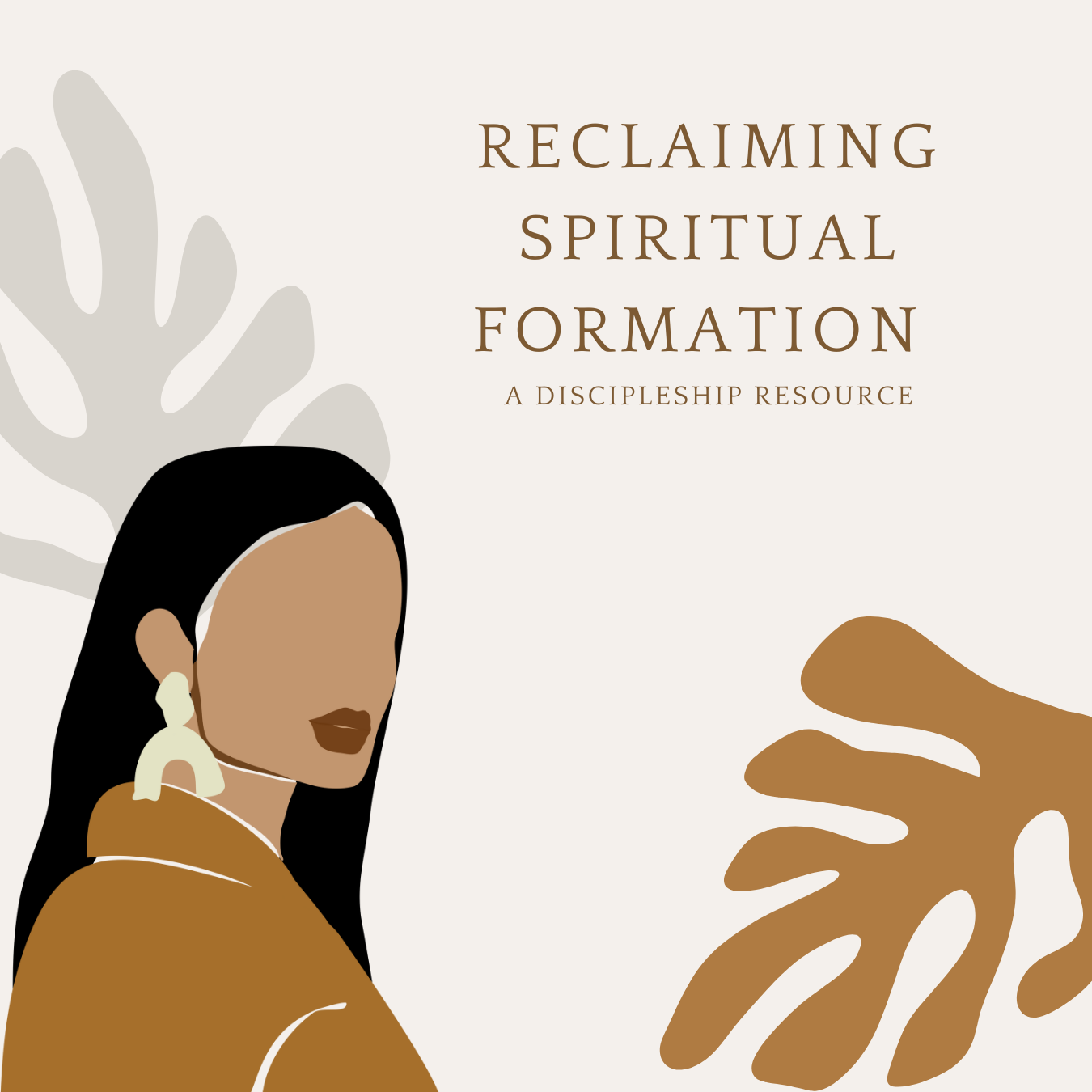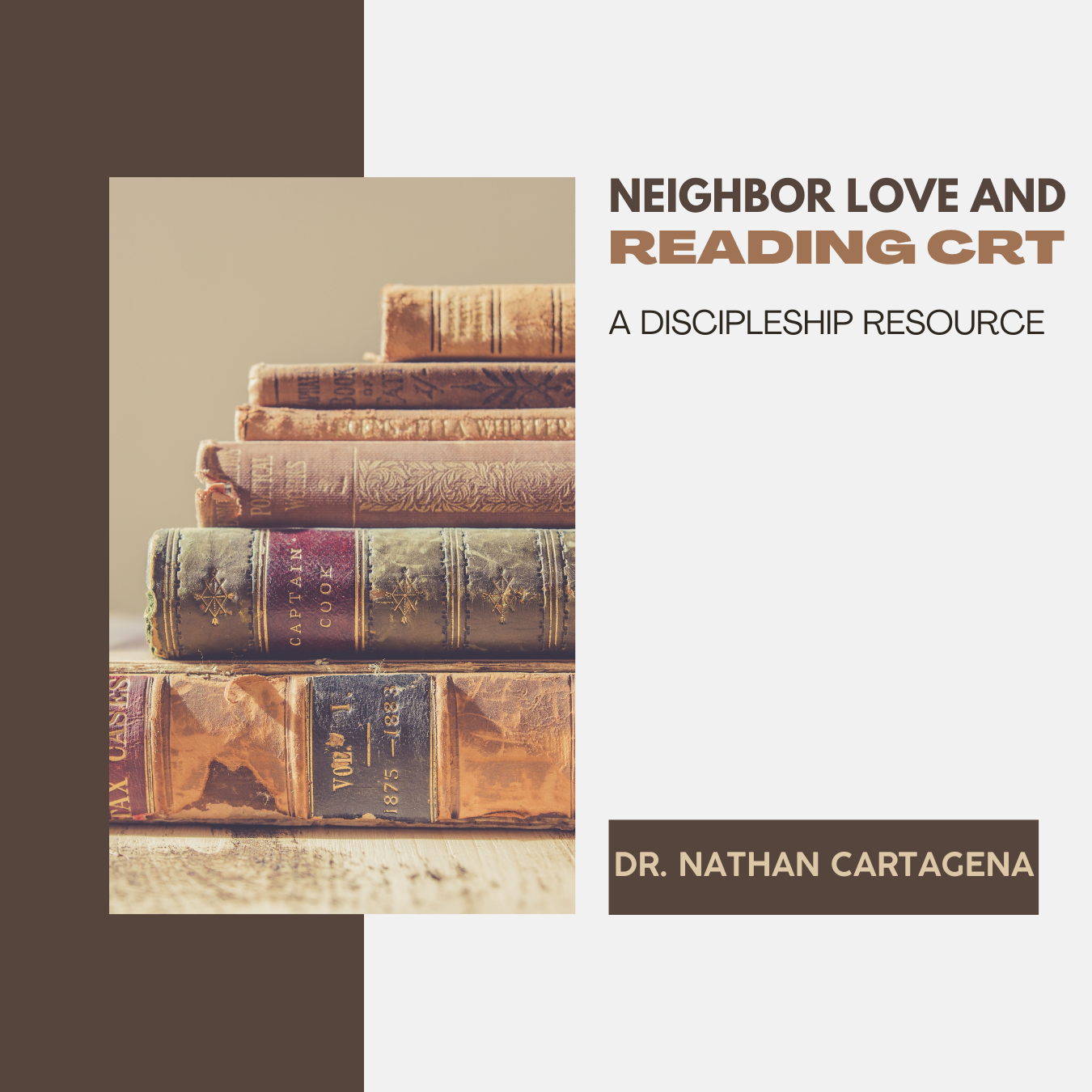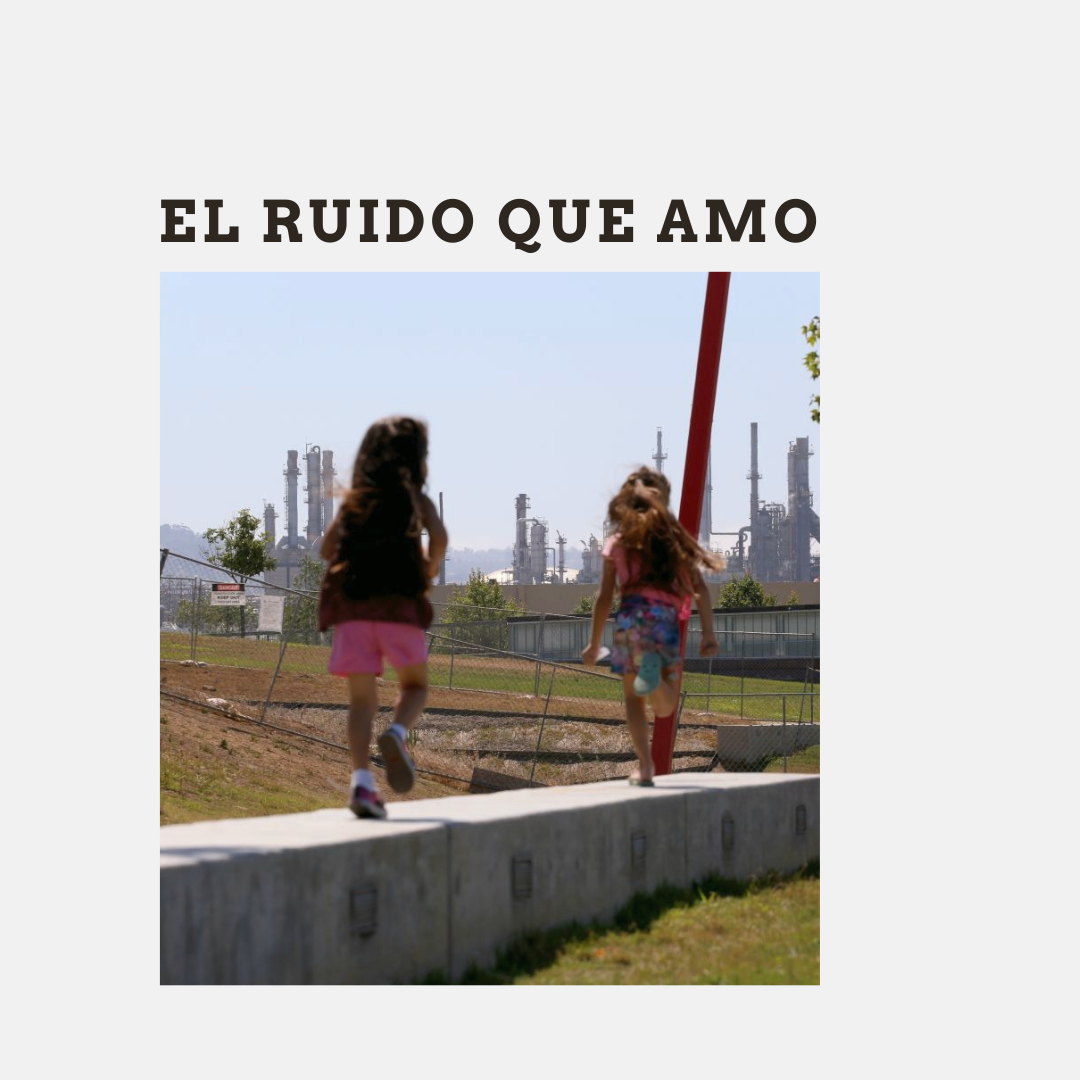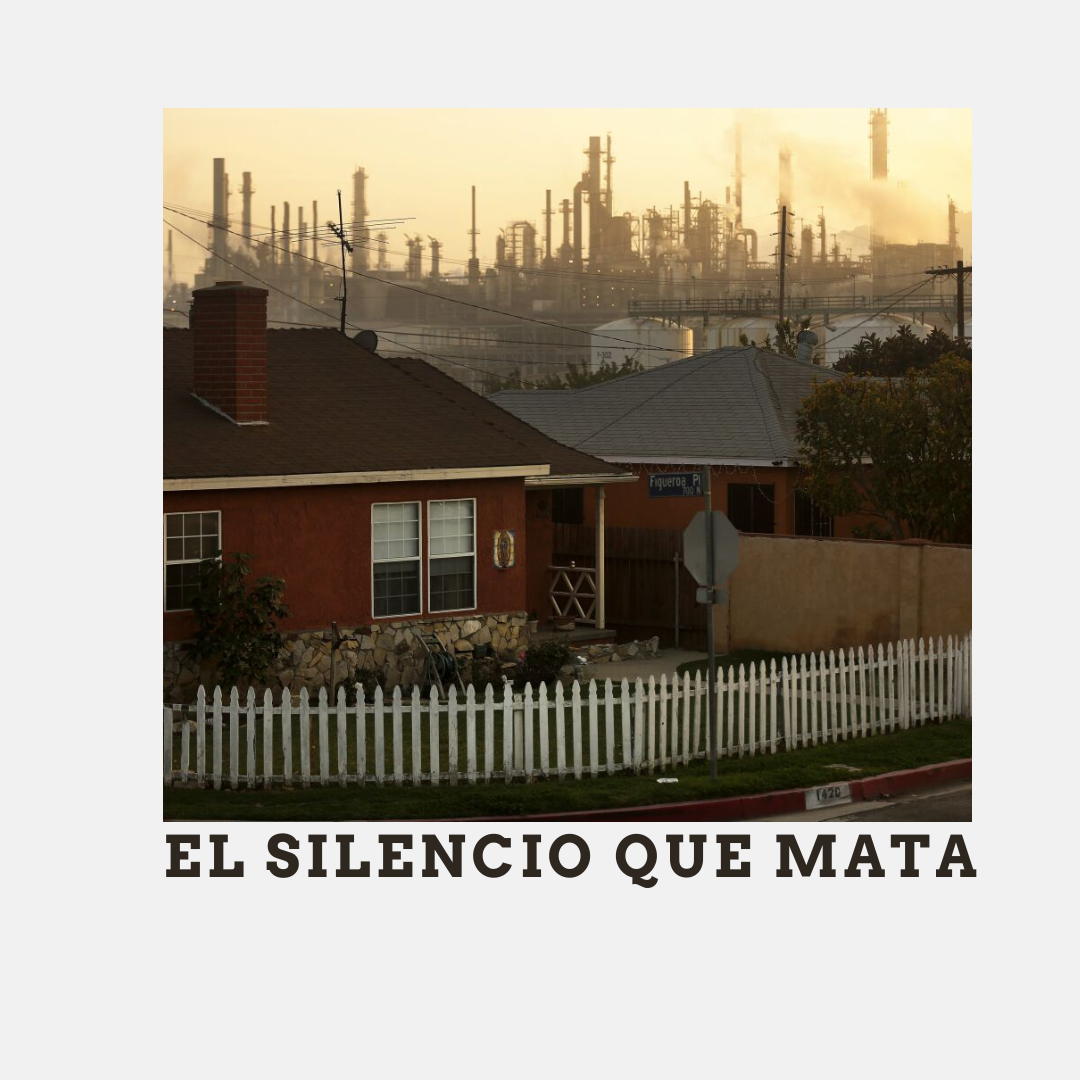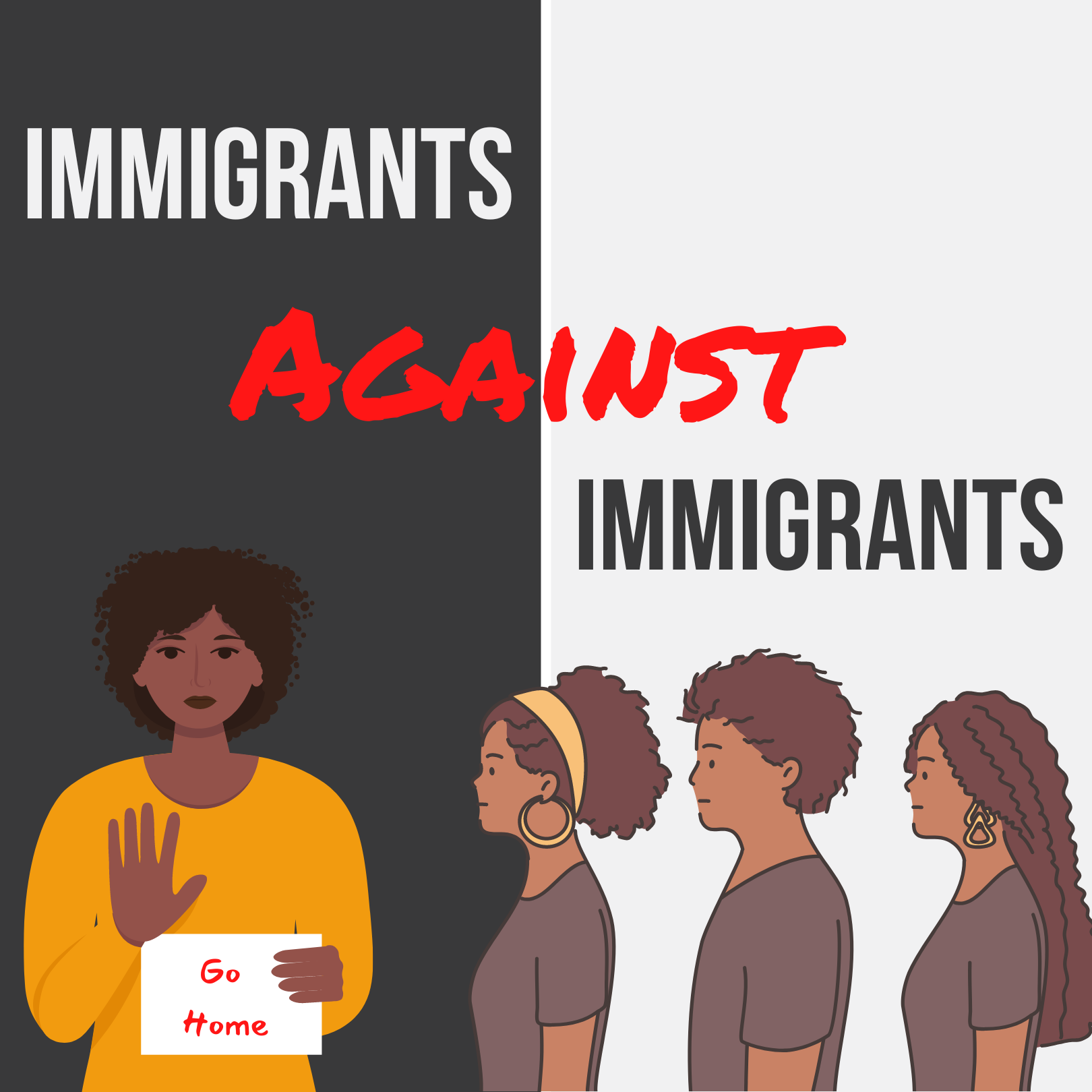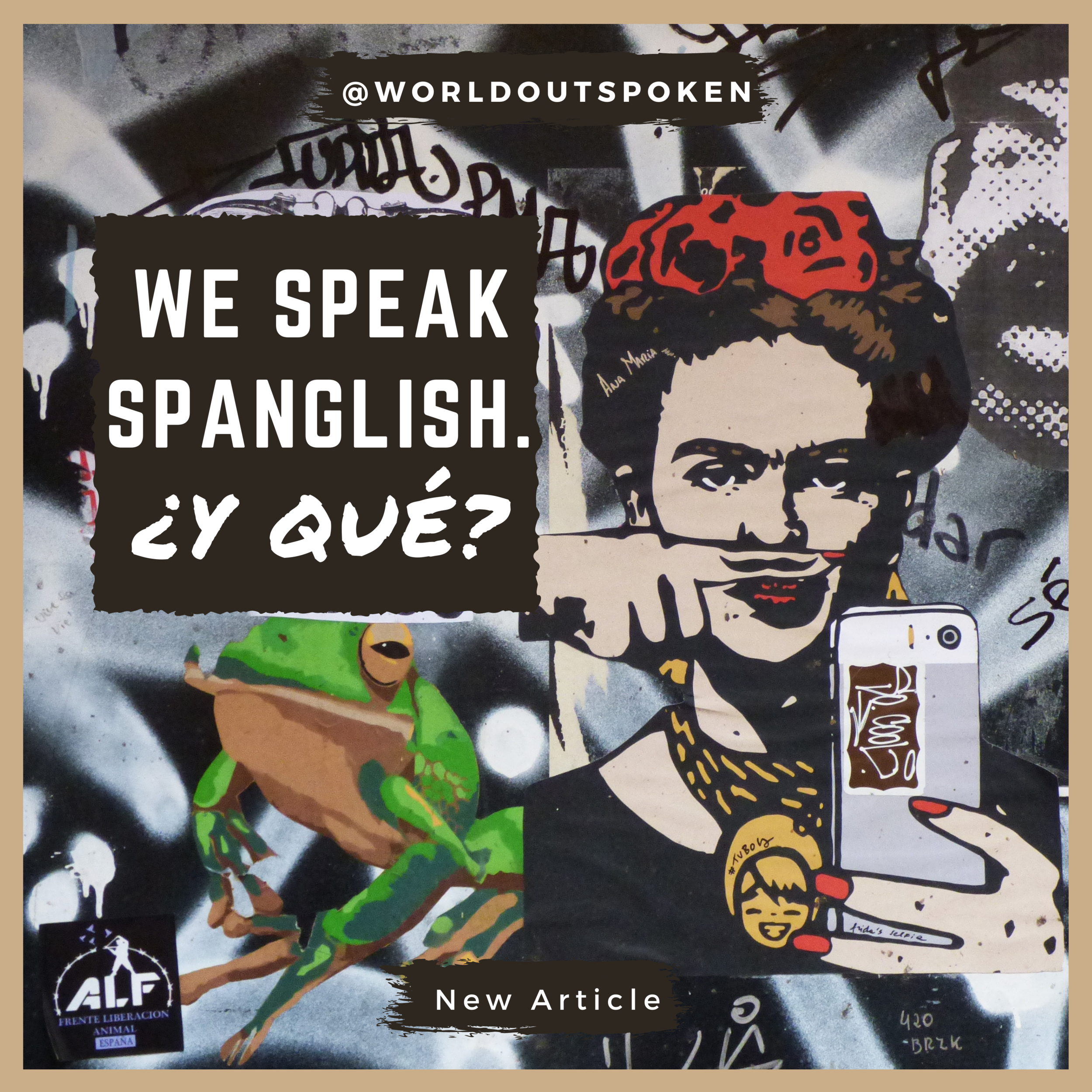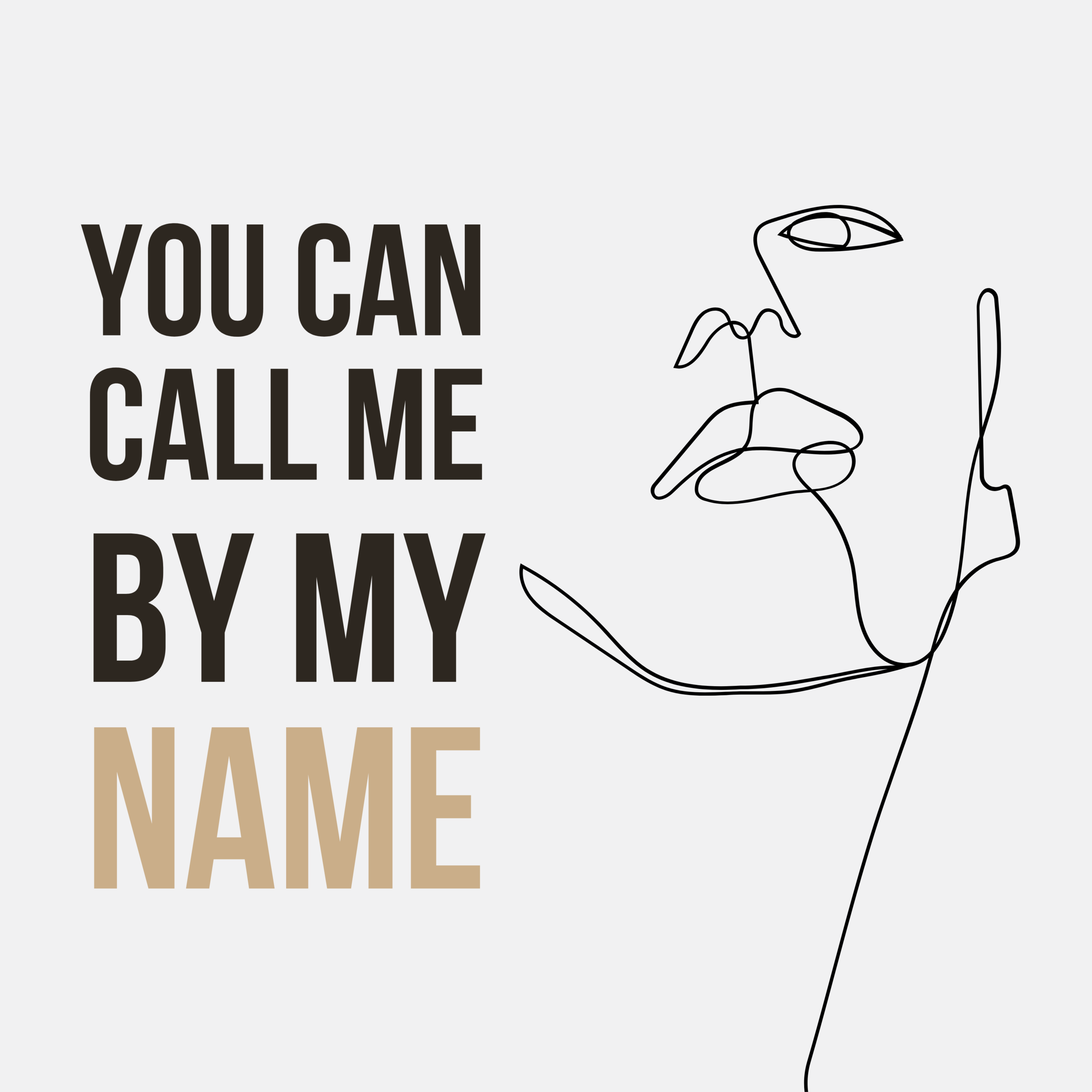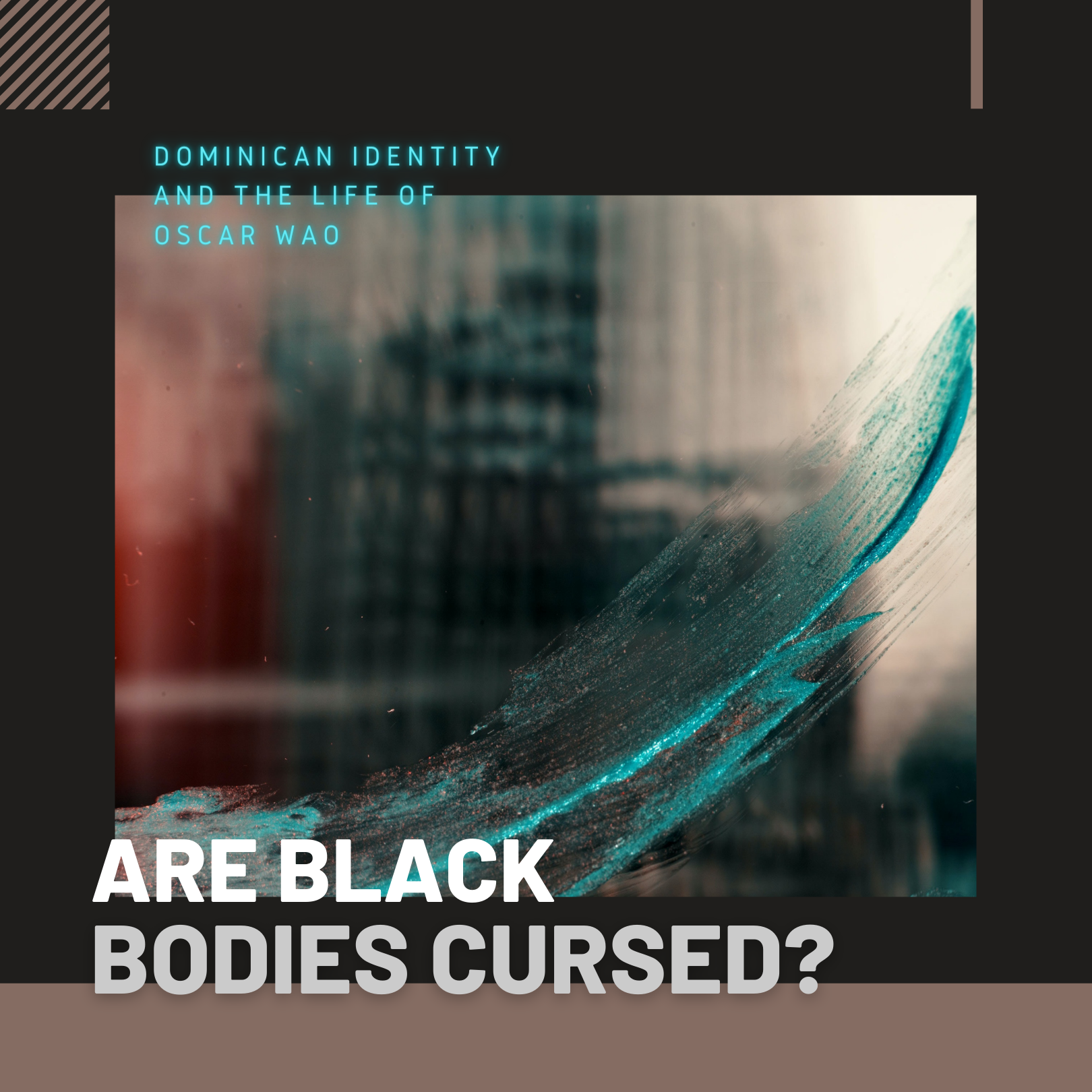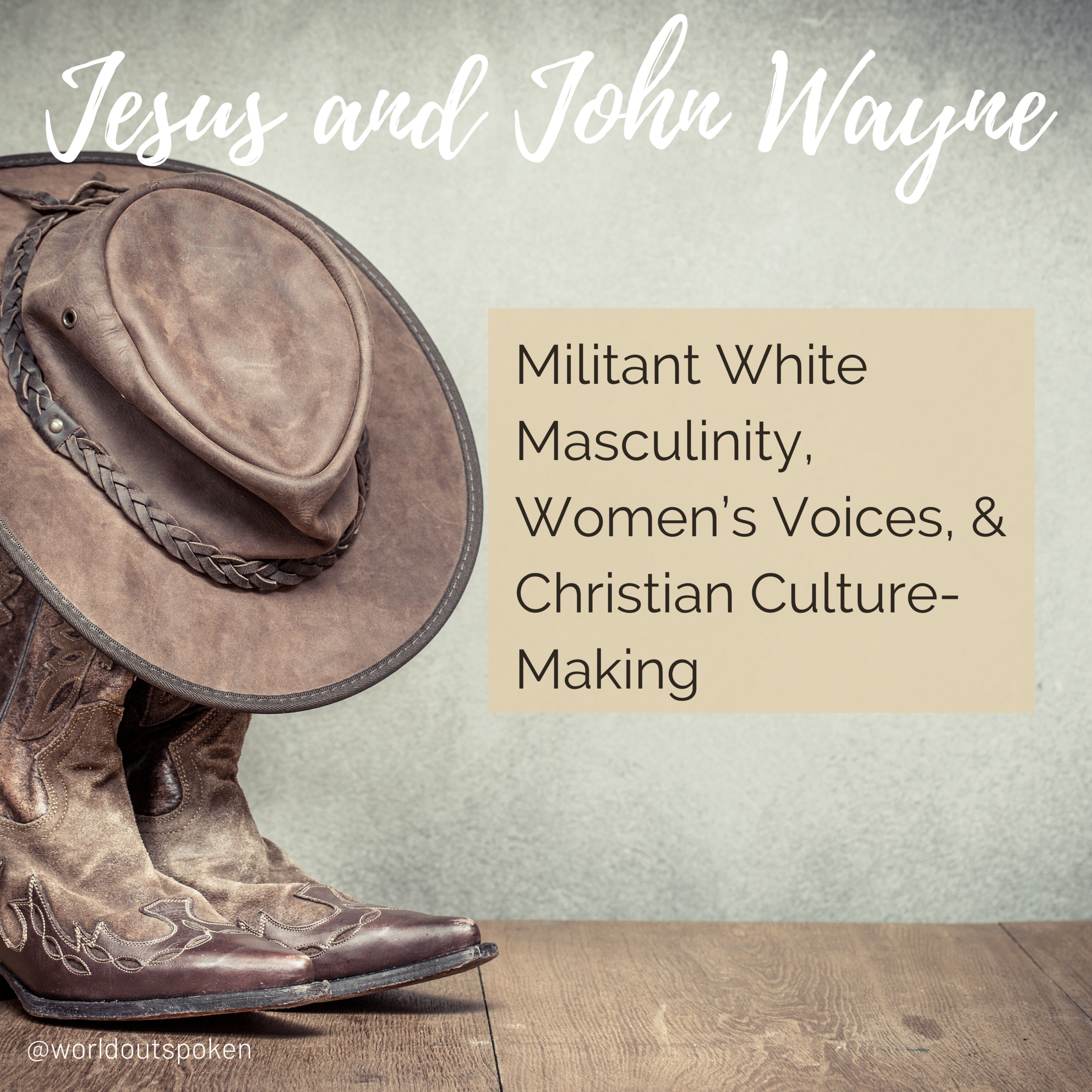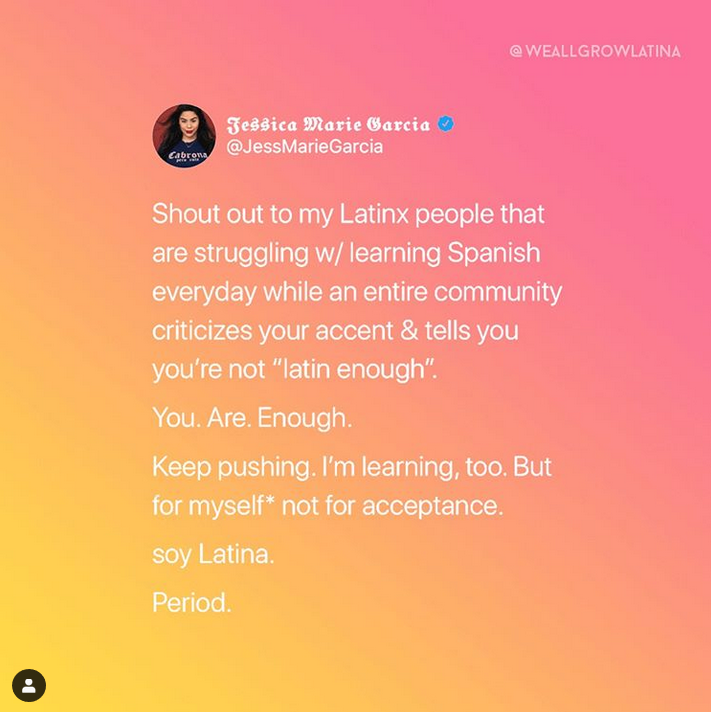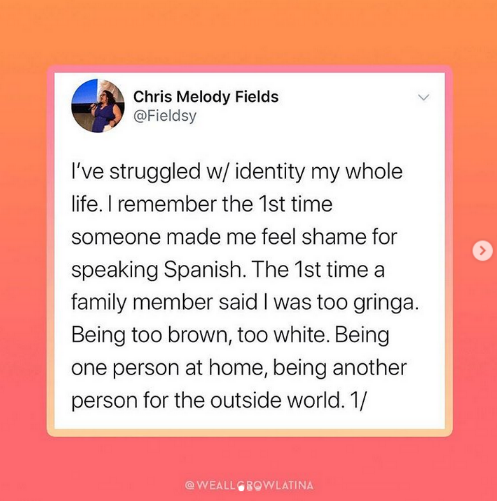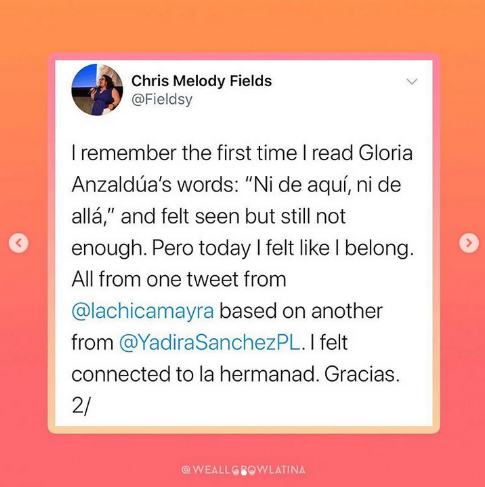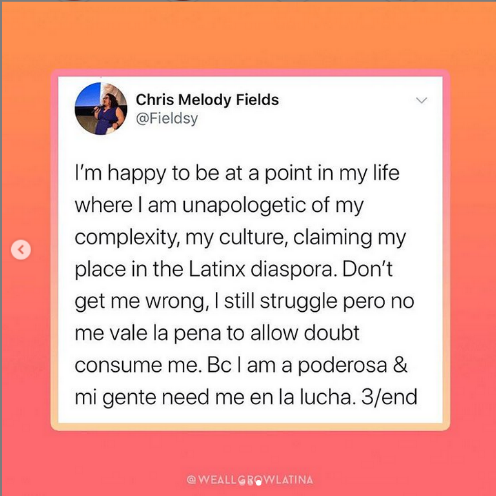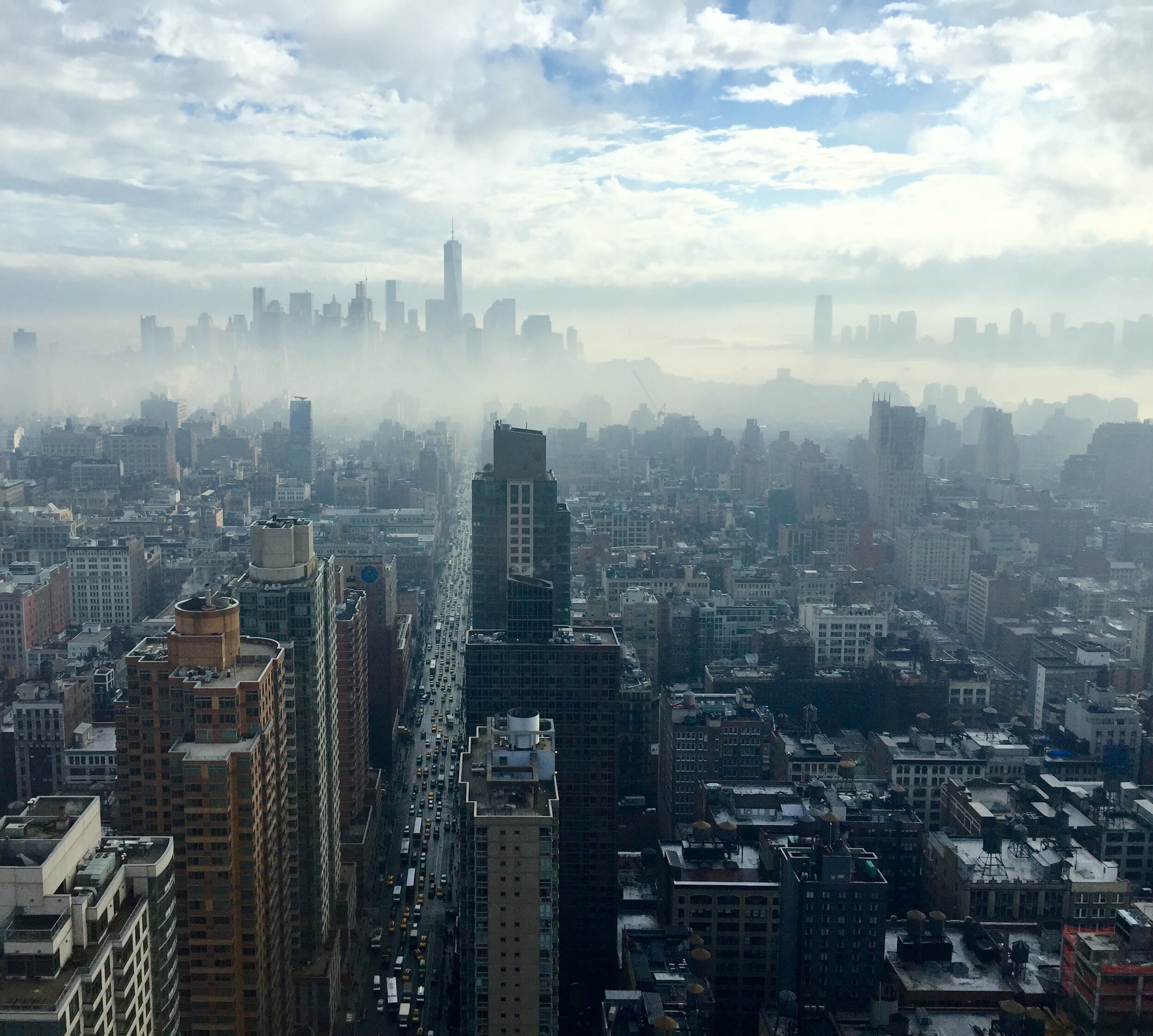Forming Just Reading Communities
This article is from a forthcoming series in the Moody Center magazine. To learn more about the magazine and Moody Center, subscribe to their newsletter.
Does not wisdom call, and understanding raise her voice? -Proverbs 8:1
The past year has taught us that understanding the problems we face is not as easy as one would hope. We are stuck in the irony of having more information available to us than ever before but not knowing who to trust. This past year begs the questions, “how do we best love our neighbor,” and “what is just?” To complicate matters further the pressure has revealed deep disunities in our homes.
We need to invite people to understand more—to heed the call of wisdom. But how does one begin? One way is by creating space where we can slow down, focus more deeply on engaging resources that have studied the issues, and process questions together.
What follows is what I have gleaned from participating in and leading reading groups. I offer a theological framework of the goals and practices of these groups as being an exercise in biblical wisdom. For it is within the practice of wisdom that we will find our first steps in justice. First, I overview certain aspects of wisdom that form the method and goal of our reading communities. Second, I show how these aspects of wisdom are best exercised by reading in community. I conclude with how these practices differ in approaching justice than our broader social context. For justice is wisdom moving towards love.
Reading for Wisdom
To know wisdom and instruction, to discern the sayings of understanding, to receive instruction in wise behavior, righteousness, justice, and integrity. Proverbs 1:2-3
Wisdom is the understanding by which the Lord has ordered creation. The personification of wisdom in Proverbs chapter 8 tells us that she was beside God “as a master workman.” Scripture presents us with an invitation into wisdom by revealing who God is and what God has done. In this revelation, wisdom is shown to be God’s gift to us. God graciously reveals Godself and God’s purposes to invite us to enter in. In recognizing that wisdom is a gift from God we understand that our practices to enter wisdom are not acts of positive contribution to our own improvement but a withdrawal to allow the triune God to begin, progress, and accomplish the work within us.
Our invitation into God’s wisdom is to recognize our relation to that which the Lord has made. The fear of the Lord as the beginning of wisdom is to rightly understand this relation to the Lord and the rest of his creation. It is a recognition of the way of life that God has set before us to cultivate shalom in a fallen world, in other words to know justice. This recognition is a humble locating ourselves as the aids, not the originators, of bringing peace into the world. It is recognizing our finitude and the immense complexity that challenge the peace of the kingdom of God today.
Recognizing our finitude should lead us into constant formation of wisdom instead of chasing the illusion of mastering these issues. This means that we are constantly cultivating questions. We ask questions, seek out the answers, and then ask better questions. This process resists settling for simple answers to complex problems. I believe this is displayed in Proverbs 26:4-5. In these verses we are given two apparently contradictory responses to similar situations. Wisdom is not found in knowing the responses but in the ability to discern when to employ them.
From these above points-- understanding wisdom as God’s gift to us, recognizing our relation to God and creation, and leaning into our finitude amongst complexity-- we should recognize that wisdom shapes us primarily to be excellent listeners and secondarily as speakers. God calls his people to listen to his statues and cherish his law (Deut 4:1, Ps 119). James 1 advises us to be quick to hear and slow to speak. Proverbs repeatedly asks the reader to listen. Jesus constantly ends lessons with “those who have ears, let them hear.” It is only in listening that we begin to understand the complexity of our contexts and be better equipped to participate in God’s shalom.
Reading in Community
Iron sharpens iron, so one person sharpens another. Proverbs 27:17
Reading in community helps cultivate these aspects of wisdom in practical ways. The presence of another person changes the way in which we interact with a text. The three things I want to highlight are how reading together forces us to find and enhance our questions, encourages us to internalize the process of our thinking so we can communicate clearly, and exercises our ability to share the space to think.
Whenever our group begins a book, we always start with a set of questions. We start with basic questions; why do we want to read this book? Why did the author think it was important to write about this topic? This prepares the group to look for certain things. We can come back to those questions and start to answer them. We can modify the questions to be more specific and to reflect how we are progressing in our understanding. Why does Augustine stress the indivisibility of the trinitarian persons in God’s economic actions? Why does Willie James Jennings stress a people’s relation to land in trying to understand race? The questions propel us forward and remind us of our place as learners-- recognizing how we do not yet fully understand.
Not everyone in the group will have the same experience with reading texts or thinking through certain problems. This is a benefit to everyone in the group. Encouraging and prioritizing questions should help everyone feel free to pause the discussion and ask for clarification. It forces the group to slow down and find another way to communicate the argument. This helps us further internalize the concepts and find meaningful ways to communicate to help people understand. It forces us to focus our listening so that we can better aid our neighbors in their process of understanding.
When we read in a group we are also sharing the space to think. One person can certainly monopolize the group’s time with their thoughts. Reading in a group helps us exercise an ability to think with as opposed to for one another. We consider each other’s questions. We hear how each other processes and makes sense of a topic. We practice disagreement in a way that shows we respect and love the other person. When we fail to do so, we have a space to also repent and continue the work.
Cultivating Wisdom toward Love
At this point, you may be wondering how this understanding of wisdom and these practices of reading in groups helps us become more just. I take it to be obvious that in our time of social media and the commercialization of information in our news sources that practices contrary to wisdom are being cultivated. Complex issues are reduced into simple binary options in order to mobilize political bodies to expediency. We receive positive reinforcement for our speaking on any given issue and thus want to speak more and more. These things are not bad in themselves but when left unchecked they do not foster the type of wisdom that is reflected in Scriptures.
The above practices force us to slow down and listen to our neighbors, especially when we disagree with them. We ask questions when we recognize we do not understand. We are forced to find better ways to communicate that which we do understand. We allow issues to be complex and we find better ways of engaging in the ways that we can. This is what we do with those we love-- we continue the conversation because we care about the other and are trying to understand the ways in which shalom is broken. This is a small part of justice. This is a small part of growing in wisdom-- understanding to love our neighbor.
About Sam Keithley
Sam Keithley is a husband and father of two. He is located in Des Moines, IA where he leads a theological reading group. He has an MA in Systematic Theology from Wheaton College and hopes to pursue further academic work researching pneumatology, philosophy of language, and the doctrine of Scripture.
For further reading
Daniel J. Treier, Virtue and the Voice of God: Toward Theology as Wisdom
John Webster, The Domain of the Word: Scripture and Theological Reason
Matthew Lee Anderson, The End of our Exploring: A Book about Questioning and the Confidence of Faith
Articles like this one are made possible by the support of readers like you. Donate today and help us continue to produce resources for the mestizo church.






